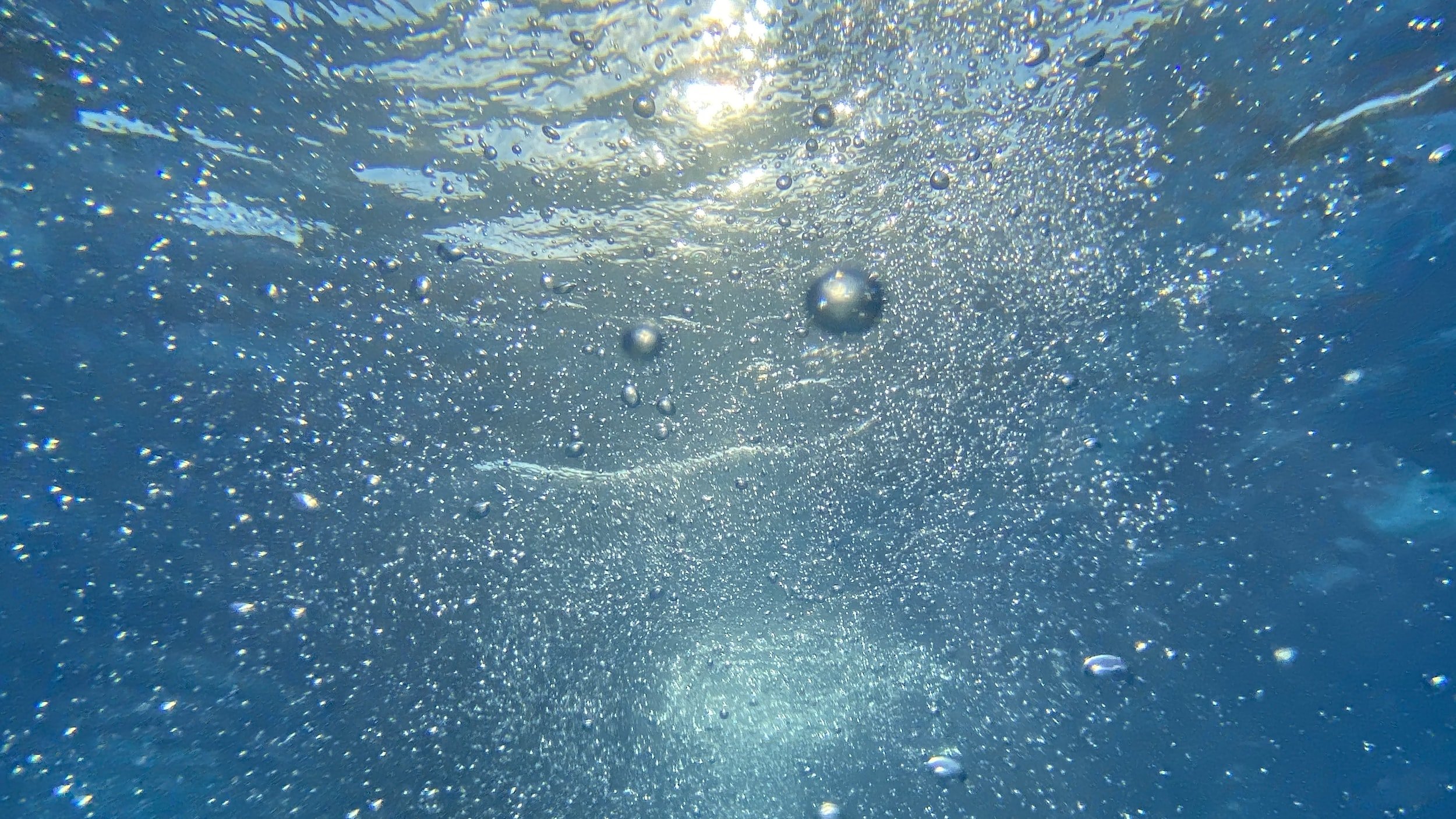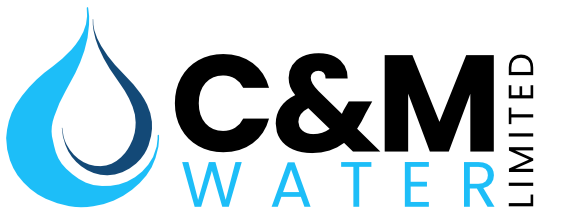
legionella Monitoring Guidelines
Legionella Monitoring
Here you will be given an introduction to the monitoring tasks and requirements to be completed. Good practice will have you complete a legionella risk assessment first, followed by the remedial works to lower the risks identified. Thereafter, ongoing monitoring and maintenance must be carried out (legionella monitoring).
Weekly Tasks
-
Consideration should be given to removing infrequently used showers, taps and any associated equipment that uses water. If removed, any redundant supply pipework should be cut back as far as possible to a common supply (e.g., to the recirculating pipework or the pipework supplying a more frequently used upstream fitting) but preferably by removing the feeding ‘T’. Infrequently used equipment within a water system (i.e., not used for a period equal to or greater than seven days) should be included on the flushing regime.
Flush the outlets until the temperature at the outlet stabilises and is comparable to supply water and purge to drain. Regularly use the outlets to minimise the risk from microbial growth in the peripheral parts of the water system, sustain and log this procedure once started. For high-risk populations, eg healthcare and care homes, more frequent flushing may be required as indicated by the risk assessment
-
Visually check the salt levels and top up salt, if required. Undertake a hardness check to confirm operation of the softener
-
Changeover pumps to be alternated weekly to avoid stagnation on one pump
Monthly Tasks
-
Check calorifier flow temperatures (thermostat settings should modulate as close to 60 °C as practicable without going below 60 °C). Check calorifier return temperatures (not below 50 °C, in healthcare premises not below 55 °C)
Flush the outlets until the temperature at the outlet stabilises and is comparable to supply water and purge to drain. Regularly use the outlets to minimise the risk from microbial growth in the peripheral parts of the water system, sustain and log this procedure once started. For high-risk populations, eg healthcare and care homes, more frequent flushing may be required as indicated by the risk assessment
-
Check water temperatures at an outlet to confirm the heater operates at 50–60°C
-
For non-circulating systems: take temperatures at sentinel points (nearest outlet, furthest outlet, and long branches to outlets) to confirm they are at a minimum of 50 °C within one minute (55 °C in healthcare premises)
For circulating systems: take temperatures at return legs of principal loops (sentinel points) to confirm they are at a minimum of 50 °C (55 °C in healthcare premises). Temperature measurements may be taken on the surface of metallic pipework.
For circulating systems: take temperatures at return legs of subordinate loops, temperature measurements can be taken on the surface of pipes, but where this is not practicable, the temperature of water from the last outlet on each loop may be measured and this should be greater than 50 °C within one minute of running (55 °C in healthcare premises). If the temperature rise is slow, it should be confirmed that the outlet is on a long leg and not that the flow and return has failed in that local area. This should be undertaken quarterly (ideally on a rolling monthly rota)
-
Check temperatures at sentinel taps (typically those nearest to and furthest from the cold tank but may also include other key locations on long branches to zones or floor levels). These outlets should be below 20 °C within two minutes of running the cold tap. To identify any local heat gain, which might not be apparent after one minute, observe the thermometer reading during flushing
Quarterly Tasks
-
Showers and spray taps (advised all taps) – dismantle, clean and descale removable parts, heads, inserts and hoses where fitted
-
Record temperatures of return loops on the hot water system. In larger water systems, hot water cylinders have a flow and return. The hot water flows from the cylinder through the pipework and returns back to the cylinder where the hot water is then pumped back around in through a re-circulating loop of pipework, in effect like a racing track leading you back to the start. When this happens, there are subordinate loops, or loops that are added to the circuit. These loops must be tested for their temperature quarterly to ensure temperates remain within the compliant range.
6 Monthly Tasks
-
Where practical, flush through and purge to drain. Bladders should be changed according to manufacturer’s guidelines or as indicated by the risk assessment. Monthly-six monthly as per guidelines.
-
Service as per manufacturers guidelines. Filters naturally collect debris and dirt within the water system. This means filters are prone to clogging up and harbouring harmful bacteria.
Annual Tasks
-
Arrangements to review the risk assessment regularly and particularly when there is reason to suspect it is no longer valid
-
Inspect cold water storage tanks and carry out remedial work where necessary
-
Check the tank water temperature remote from the ball valve and the incoming mains temperature. Record the maximum temperatures of the stored and supply water recorded by fixed maximum/minimum thermometers where fitted
-
Inspect calorifier internally by removing the inspection hatch or using a boroscope and clean by draining the vessel. The frequency of inspection and cleaning should be subject to the findings and increased or decreased based on conditions recorded.
Where there is no inspection hatch, purge any debris in the base of the calorifier to a suitable drain. Collect the initial flush from the base of hot water heaters to inspect clarity, quantity of debris, and temperature
-
Inspect the integral cold water header tanks as part of the cold-water storage tank inspection regime, clean and disinfect as necessary. If evidence shows that the unit regularly overflows hot water into the integral cold water header tank, instigate a temperature monitoring regime to determine the frequency and take precautionary measures as determined by the findings of this monitoring regime
-
Where needed, inspect, clean, descale and disinfect any strainers or filters associated with TMVs. To maintain protection against scald risk, TMVs require regular routine maintenance carried out by competent persons in accordance with the manufacturer’s instructions. Tasks include temperature calibration, failsafe testing and clean, descale and disinfect strainers or filters
-
Hot water services
All HWS systems: take temperatures at a representative selection of other points (intermediate outlets of single pipe systems and tertiary loops in circulating systems) to confirm they are at a minimum of 50 °C (55 °C in healthcare premises) to create a temperature profile of the whole system over a defined time
Cold water services
Take temperatures at a representative selection of other points to confirm they are below 20 °C to create a temperature profile of the whole system over a defined time. Peak temperatures or any temperatures that are slow to fall should be an indicator of a localised problem
-
Service as per manufacturers guidelines
-
As per BSI standards publication for legionella sampling BS 7592 2008 – Sample for legionella – bacteria in water systems – code of practice
-
For guidelines references please see – HSG 274 part 3 (appendix 3.1 checklist for recommended frequency of inspection for other risk systems – pages 5-7)

